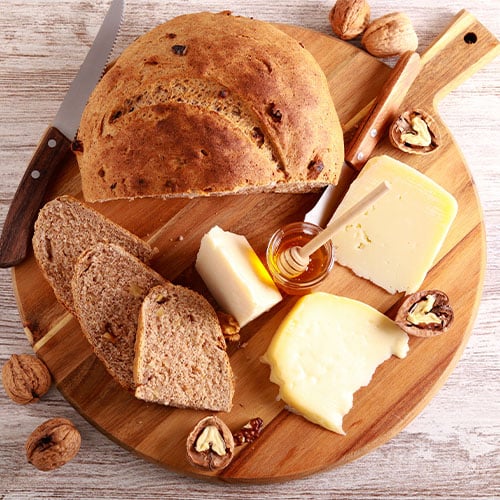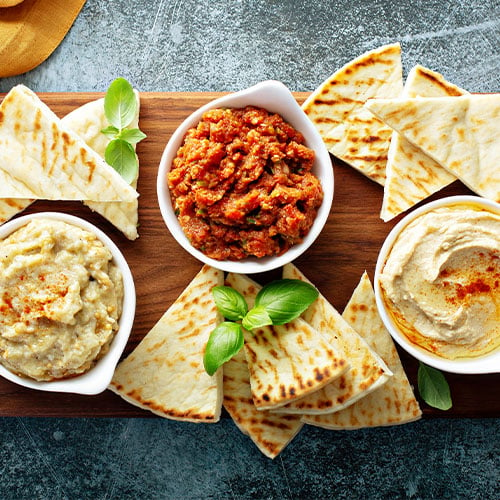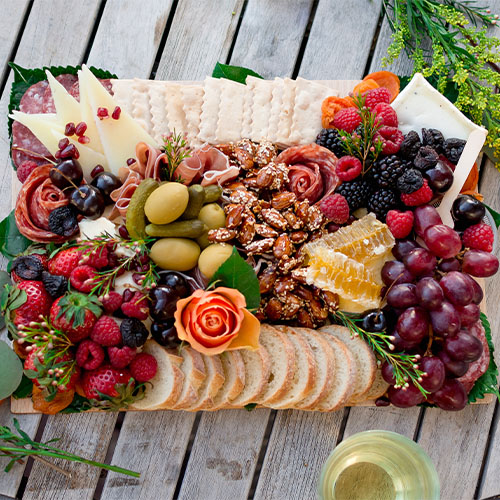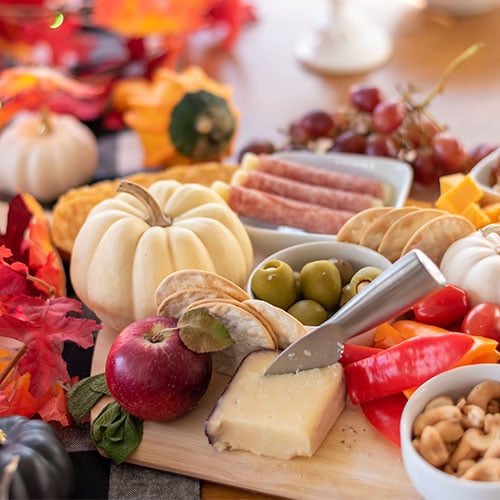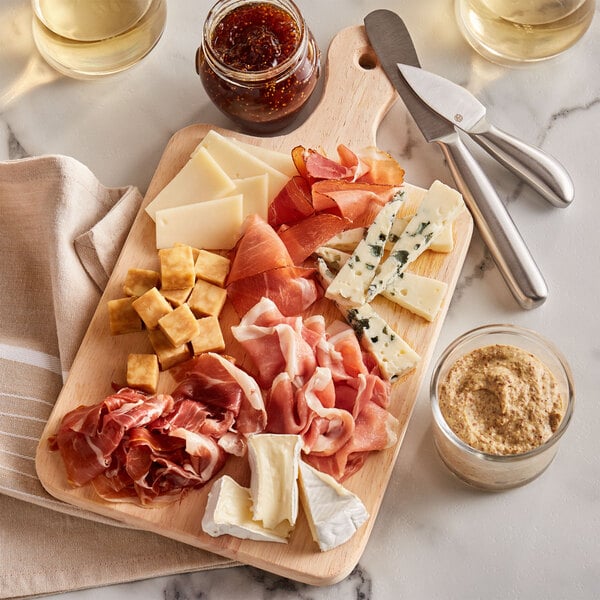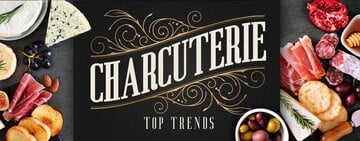While the items you select are vital, the charcuterie board itself contributes equally to the aesthetic and theme. You can use a type of cutting board to house your charcuterie, though you must check that it isn't worn or grimy. If you want a better presentation, purchase a separate charcuterie board with an elegant design to make your spread stand out. There's no wrong choice, but consider the following elements when choosing your charcuterie board.
Size and Shape
Selecting the appropriate size and shape of your charcuterie board depends on the number of guests you plan to serve and the variety of items you want to display. For smaller gatherings or intimate settings, a rectangular or round board with a length of 12 to 18 inches works well. These sizes offer enough space for meats, cheeses, fruits, nuts, and spreads without overcrowding the board. You can also choose ornate designs, such as hearts or flower-shaped boards.
For large gatherings or events, opt for a board measuring 18 to 24 inches in length. These sizes provide ample room to arrange a generous assortment of charcuterie items, allowing you to create visually appealing patterns and layers on the board. The size makes ornate designs more challenging to find, but the primary focus will be the food. Choose shapes like trapezoid or ovals if you want more variety than a rectangular board.
Materials
The best materials for charcuterie boards are wood, slate, or marble. A wood board is gentle on knives, light weight, and relatively inexpensive, but it requires more upkeep and can soak in juices due to its porousness. Marble is more expensive, prone to stains, and heavy but carries an elegant aura, cleans easily, and maintains the correct temperature zone for your food. Slate contains many of the same properties, though it is less prone to discoloration and more prone to scuffs and scratches.
Other material options are:
- Bamboo
- Cardboard
- Glass
- Melamine
- Plastic
- Ceramic
- Resin
- Stone






